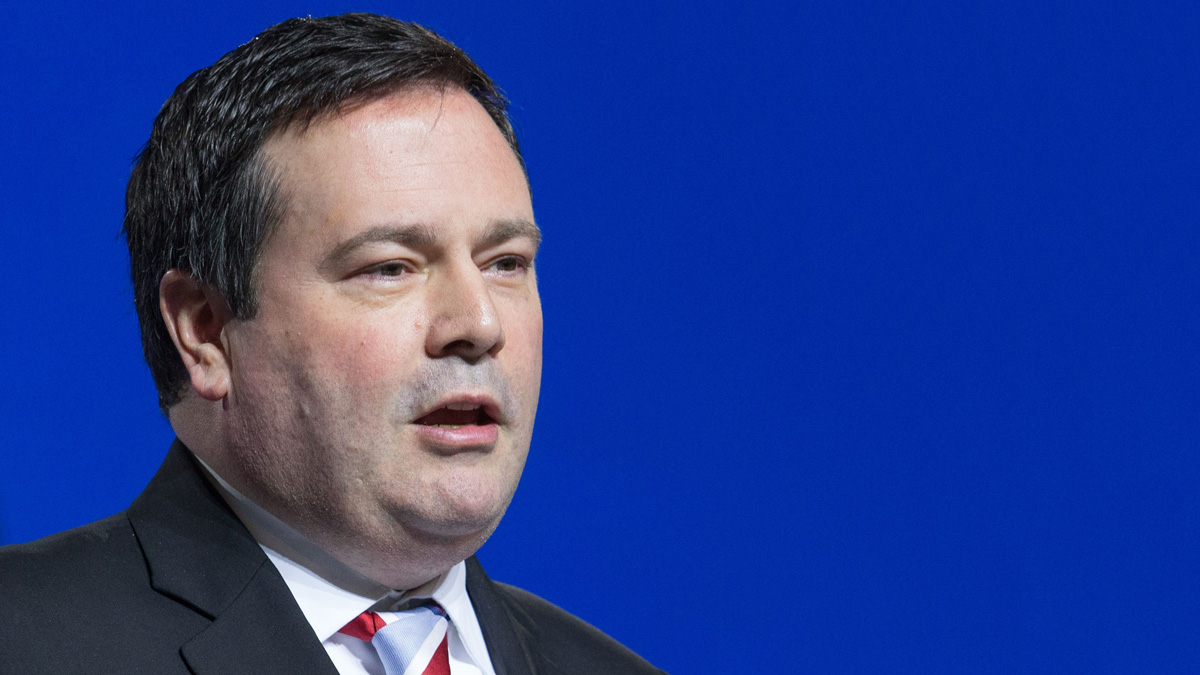 Jake Wright
Jake WrightOn March 2, Jason Kenney condemned safe injection sites, claiming that “helping addicts inject poison into their veins is not a solution to the problem of addiction.” This comment reveals exactly how little Kenney knows (or cares to learn) about addiction, mental illness, and the cycle of poverty. Safe injection sites are, in fact, an incredibly effective tool in lowering the number of addiction-related deaths and hospitalizations.
What Kenney fails to understand is that addiction isn’t a criminal issue, it’s a health issue. Addiction is both a physical and mental illness, one that is perpetuated by cycles of poverty and drug use which are systemic. Contrary to what Kenney seems to believe, addicts can’t just “stop taking drugs.” Aside from the fact that their addiction is an illness, not a personality flaw, some withdrawal symptoms from severe drug use can literally end in death.
The reality of addiction demands a long-term solution, and although Kenney claims that safe injection sites aren’t one, they are actually part of a deeper harm reduction strategy that puts the lives of citizens — some of our most vulnerable citizens — before elitism and moralizing.
Safe injection sites provide drug users with clean needles and onsite medical attention. These features help to prevent two major health consequences of intravenous drug use: HIV infection and overdose. Since opening a safe-injection site in 2003, B.C. has gone from having one of Canada’s highest rates of HIV infection to one of its lowest. In the area around the facility, called Insite, death by overdose has decreased 35 per cent.
These statistics may only prove that harm reduction sites do exactly what they claim to — reduce harm. But they can also help to break long-term addiction problems. People who use Insite are 30 per cent more likely to enter addiction treatment programs.
Opponents of safe injection, like Kenney, often claim that harm reduction strategies divert finances from addiction treatment, contribute to an increase in crime and threatens neighbourhoods, and “encourage illegal drug use.” The truth is, the presence of a safe injection site won’t cause a person to start using drugs, and the absence of one won’t cause an addicted person to stop. Over 40 peer-reviewed studies, however, have found that harm reduction strategies achieve lower infection rates and fewer overdose deaths without increasing crime rates in the area.
The current opioid crisis is forcing Canadian cities and provinces to seriously consider safe injection sites to address drug overdoses. The science says that harm reduction works to do so. Science should always trump ideology. Claiming that safe injection sites encourage drug use is akin to saying liquor legislation encourages drinking — it’s simply false. Liquor licenses designate safe places to do something people are already going to do, thereby decreasing any potential negative consequences. Safe injection sites are a similar tactic, but with illegal substances.
If you still aren’t convinced that drug addiction is a health issue, not a crime issue, consider the way B.C. is responding to the opioid crisis. On April 14, 2016, B.C. declared a Public Health Emergency — one which has little to do with criminal activity, but lots to do with the physical wellbeing of its citizens.
Kenney would do well to look at science the next time he tries to address Canada’s drug use problem. By doing so, he might be able to propose policies which actually work to address the problem, rather than ideologies which only reinforce stigma and fear-mongering around those facing addiction.




